Seamless Scheduling: Mastering iCloud Calendar Integration with Outlook
Associated Articles: Seamless Scheduling: Mastering iCloud Calendar Integration with Outlook
Introduction
On this auspicious event, we’re delighted to delve into the intriguing matter associated to Seamless Scheduling: Mastering iCloud Calendar Integration with Outlook. Let’s weave fascinating info and supply contemporary views to the readers.
Desk of Content material
Seamless Scheduling: Mastering iCloud Calendar Integration with Outlook
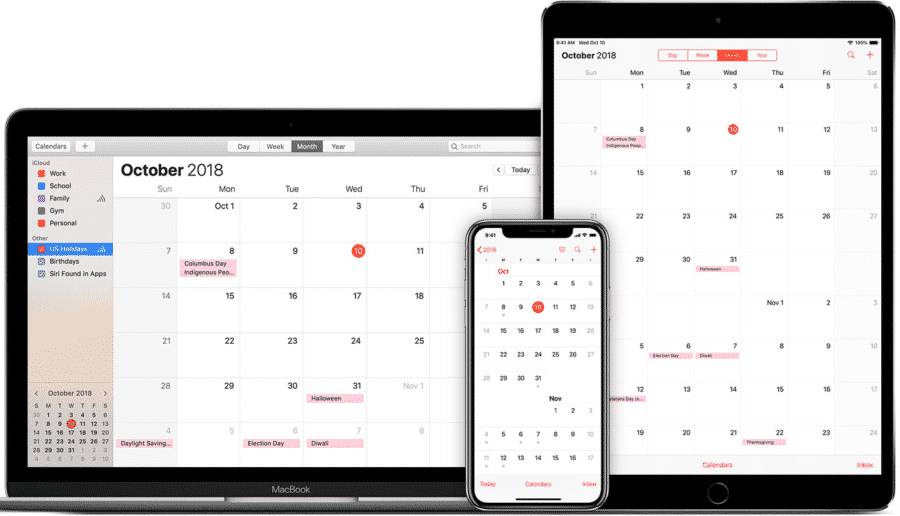
In at the moment’s interconnected world, environment friendly calendar administration is paramount. Juggling a number of appointments, deadlines, and private commitments throughout totally different platforms can shortly change into overwhelming. For a lot of, this entails navigating the ecosystem of Apple’s iCloud Calendar and Microsoft’s Outlook, two highly effective but distinct calendar functions. Whereas seemingly disparate, attaining seamless integration between iCloud Calendar and Outlook is completely doable, boosting productiveness and minimizing scheduling conflicts. This complete information explores numerous strategies to share your iCloud Calendar with Outlook, outlining the benefits and downsides of every method, and offering detailed step-by-step directions to make sure a easy transition.
Understanding the Want for Integration
The first cause for integrating iCloud Calendar with Outlook stems from the necessity for a unified scheduling expertise. Many customers depend on iCloud for private appointments and reminders, leveraging Apple’s ecosystem seamlessly throughout iPhones, iPads, and Macs. Nevertheless, the skilled sphere usually calls for using Outlook, a cornerstone of many companies and organizations. Manually coming into appointments from one calendar to a different is time-consuming, vulnerable to errors, and in the end inefficient. Built-in entry permits for:
- Centralized Scheduling: View all appointments, no matter their origin, in a single location. This eliminates the necessity to continually change between functions.
- Improved Collaboration: Simply share calendars with colleagues and purchasers, no matter their most well-liked calendar platform.
- Enhanced Productiveness: Scale back the time spent managing a number of calendars, liberating up useful time for extra necessary duties.
- Diminished Scheduling Conflicts: A unified view minimizes the danger of double-booking or lacking necessary occasions.
- Knowledge Backup and Safety: By syncing with Outlook, you create a secondary backup of your iCloud calendar information, including an additional layer of safety.
Strategies for Sharing iCloud Calendar with Outlook
A number of approaches exist for integrating iCloud Calendar with Outlook, every with its personal strengths and weaknesses:
1. Utilizing CalDAV (Beneficial for many customers):
CalDAV is an web commonplace protocol that enables for the synchronization of calendars between totally different functions and platforms. That is typically essentially the most strong and dependable methodology for integrating iCloud Calendar with Outlook, providing close to real-time synchronization.
Steps for organising CalDAV:
-
Get hold of your iCloud Calendar’s CalDAV URL: Log into your iCloud account on an online browser. Navigate to "Settings" > "Superior" > "CalDAV & WebDAV." You may discover your calendar’s CalDAV URL right here. This URL is exclusive to your account.
-
Add the iCloud Calendar to Outlook: In Outlook, go to "File" > "Account Settings" > "Account Settings." Choose the "Web Calendars" tab and click on "New." Paste the CalDAV URL obtained in step 1 into the "Web Calendar Subscription" discipline. Give your calendar a descriptive title (e.g., "iCloud Calendar") and click on "Add."
-
Confirm Synchronization: Outlook will now try to hook up with your iCloud Calendar and obtain your occasions. Verify for any errors and make sure that your calendar is syncing accurately. New occasions added to both calendar ought to seem in each inside a short while body.
Benefits of CalDAV:
- Dependable Synchronization: Provides close to real-time synchronization between iCloud and Outlook.
- Two-way Synchronization: Adjustments made in both calendar are mirrored within the different.
- Easy Setup: Comparatively simple to configure.
- No Third-party Software program Required: Depends on built-in performance.
Disadvantages of CalDAV:
- Requires a Secure Web Connection: Dependable web entry is crucial for synchronization.
- Potential for Synchronization Delays: Whereas typically real-time, minor delays can sometimes happen.
2. Utilizing a Third-Occasion Software:
A number of third-party functions concentrate on calendar synchronization throughout totally different platforms. These functions usually supply extra options akin to process administration, note-taking, and different productiveness instruments. Nevertheless, utilizing third-party apps introduces a component of reliance on exterior companies and potential safety issues. Rigorously analysis and choose respected functions with sturdy safety measures.
3. Exporting and Importing (Least Beneficial):
This methodology entails exporting your iCloud Calendar information as an ICS file after which importing it into Outlook. This can be a one-time switch, not a steady synchronization. Any modifications made after the preliminary import will should be manually transferred. Subsequently, this methodology is extremely inefficient and solely appropriate for a one-time switch of information, not for ongoing synchronization.
Troubleshooting Frequent Points
Whereas typically simple, integrating iCloud Calendar with Outlook can typically current challenges. Listed below are some widespread points and their options:
- Synchronization Errors: Verify your web connection and make sure that your iCloud account is correctly configured. Restart each Outlook and your laptop.
- Calendar Not Showing: Confirm that you have accurately entered the CalDAV URL and that the calendar’s sharing settings in iCloud permit entry.
- One-Manner Synchronization: Be sure that you’ve got accurately configured the CalDAV connection in Outlook as a two-way synchronization.
- Knowledge Conflicts: If conflicts come up, manually resolve them in both Outlook or iCloud.
Optimizing your iCloud and Outlook Calendar Integration
To maximise the effectivity of your built-in calendar system, think about the next:
- Calendar Categorization: Use color-coding and classes to tell apart between various kinds of occasions (private, work, appointments, and so forth.).
- Reminder Settings: Configure acceptable reminder settings for each private {and professional} occasions.
- Sharing Preferences: Rigorously handle calendar sharing permissions to make sure information privateness and safety.
- Common Upkeep: Periodically evaluate and clear up outdated or irrelevant occasions to keep up a transparent and arranged calendar.
Conclusion
Integrating iCloud Calendar with Outlook provides vital benefits for customers who want a unified scheduling system. Whereas a number of strategies exist, using CalDAV supplies essentially the most dependable and environment friendly resolution for steady, two-way synchronization. By following the steps outlined on this information and addressing potential troubleshooting points, you may obtain seamless integration, enhancing productiveness and simplifying your each day schedule. Keep in mind to decide on the strategy that most closely fits your wants and technological consolation degree, all the time prioritizing safety and information integrity. With a well-integrated calendar system, you may give attention to what actually issues: successfully managing your time and attaining your targets.

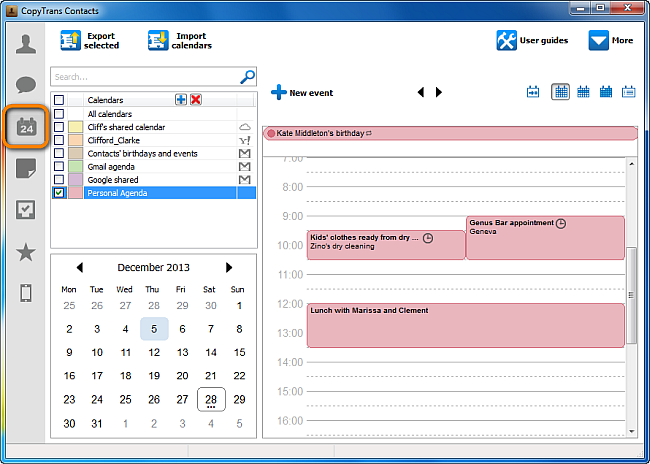

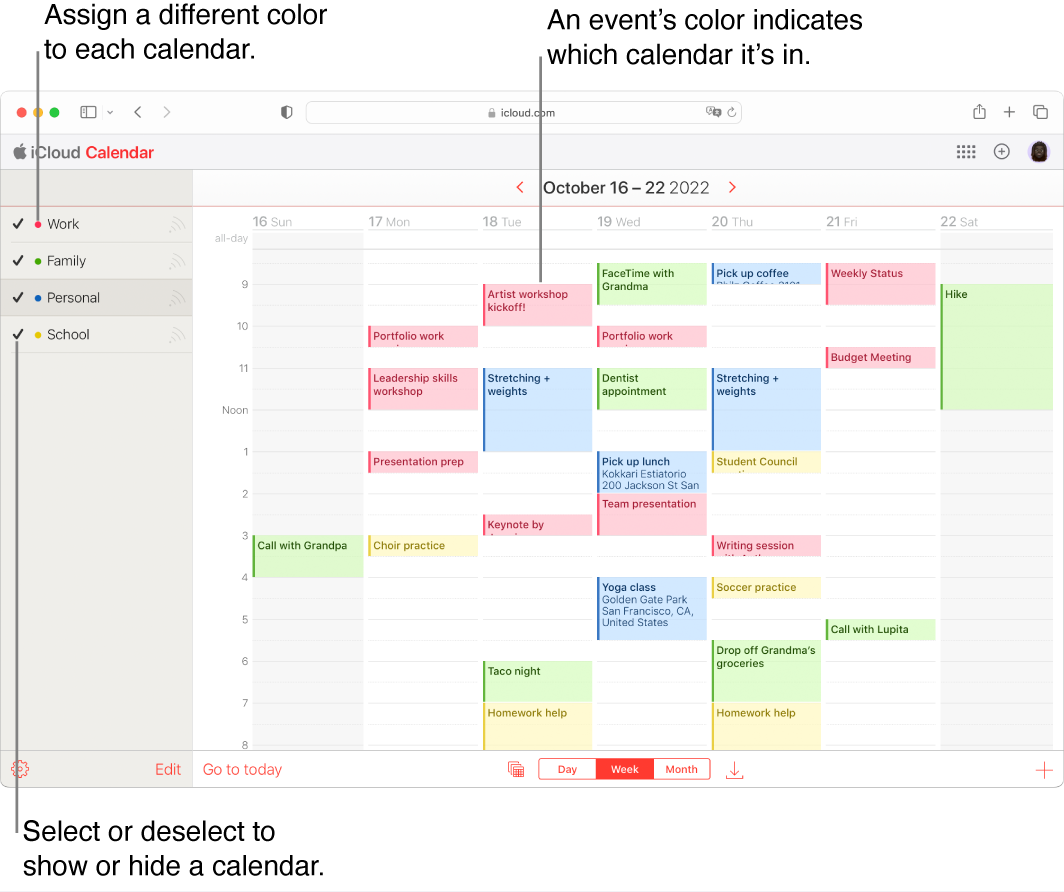

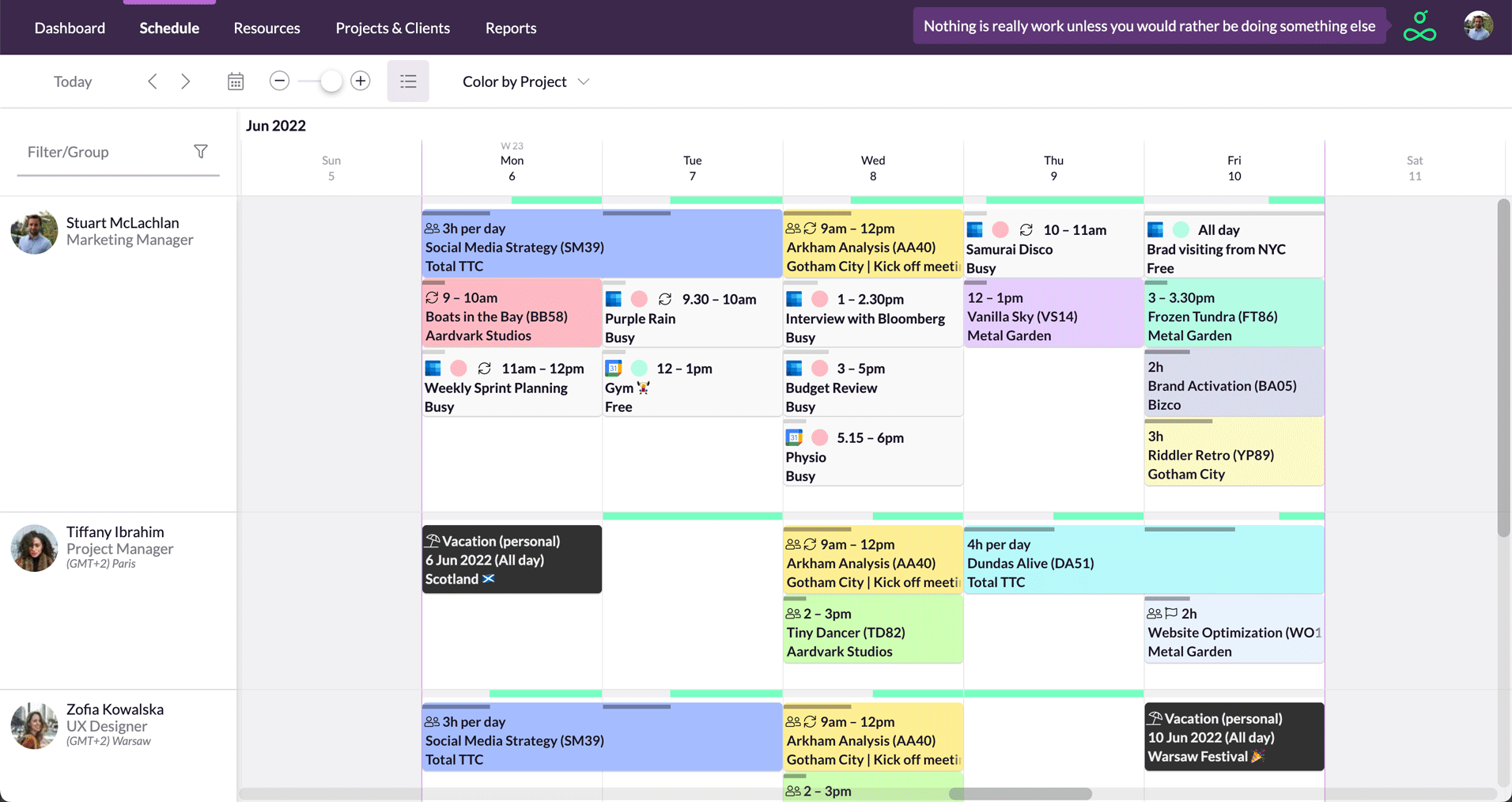
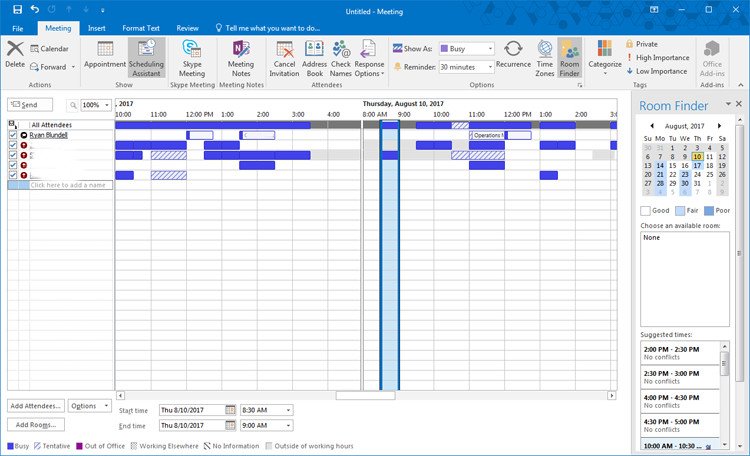

Closure
Thus, we hope this text has offered useful insights into Seamless Scheduling: Mastering iCloud Calendar Integration with Outlook. We thanks for taking the time to learn this text. See you in our subsequent article!